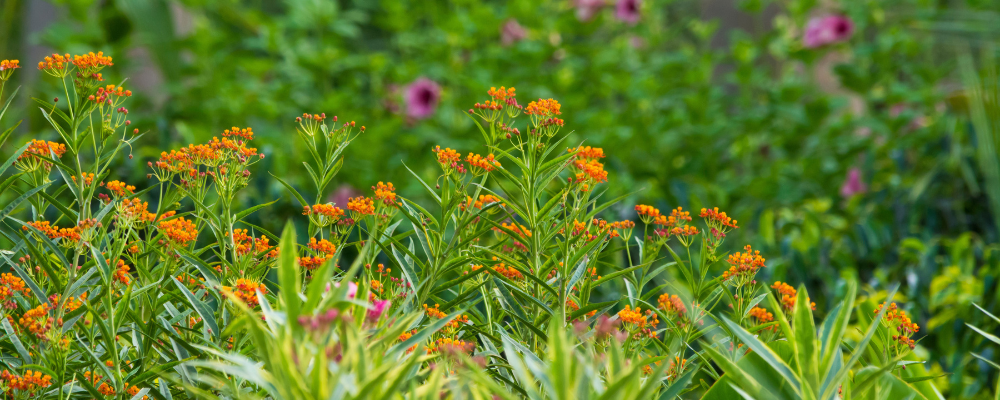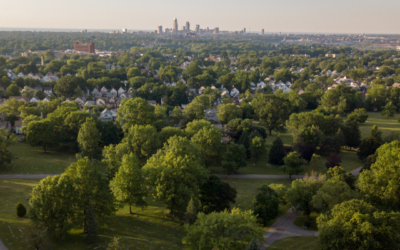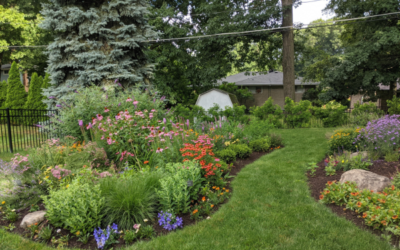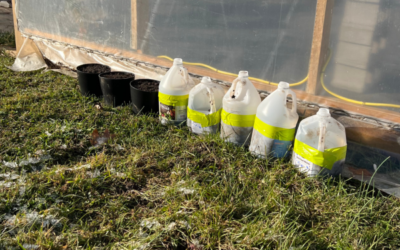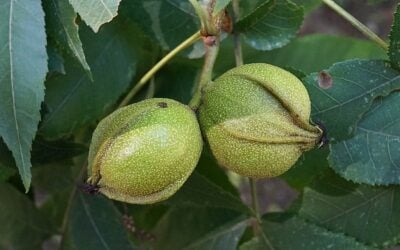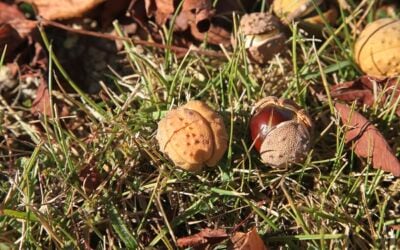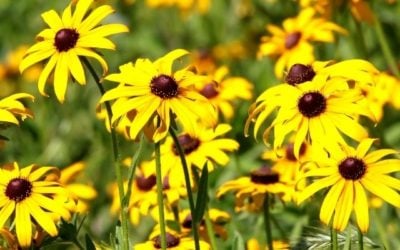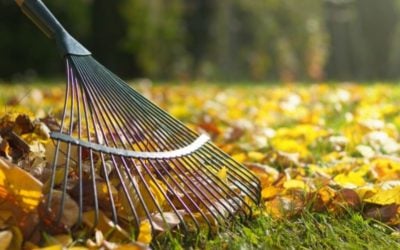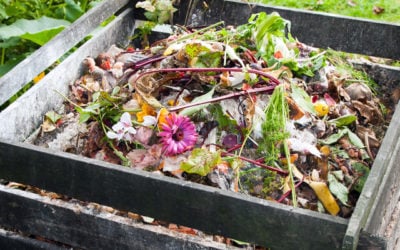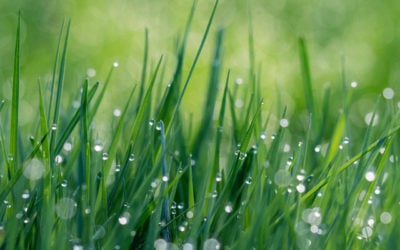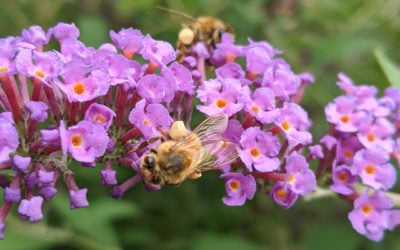Understanding and addressing pollutant loading in streams is crucial for the well-being of both watersheds and human communities. The contamination of streams with chemicals and toxins poses a direct threat to human health. Streams supply us with water, making them crucial for both our well-being and the health of our ecosystems. Unfortunately, these essential water sources are under threat due to pollutant loading, impacting not only our health but also the vibrant biodiversity they support. Polluted streams with unsightly sights and unpleasant odors also impact recreational activities and hinder people from enjoying water-related activities like swimming, kayaking, and fishing.
Streams are not just conduits for human activities; they are intricate habitats supporting diverse aquatic life. When pollutants disrupt these ecosystems, the consequences can be far-reaching, from harmful algal blooms to oxygen depletion, endangering the very species that call these waters home.
In addition to the immediate ecological and health concerns, pollutant loading in streams contributes to larger environmental issues. Runoff from urban areas, industrial discharges, and agricultural practices can introduce pollutants into streams, eventually reaching Lake Erie.
This interconnectedness emphasizes the need for a comprehensive and proactive approach to address pollutant loading at its source. This is where effective stormwater management becomes an important piece in alleviating flood damage caused by the increasing frequency and severity of storms.
Here are several strategies and practices that can be implemented to mitigate flood damage:
- Green Infrastructure:
- Rain Barrels: A rain barrel is a storage container used to collect rainwater. It gathers water from your roof that would otherwise be lost to storm drains and streams. Capturing rainwater provides a sustainable water source for various purposes, from lawn care to gardening.
- Rain Gardens: A rain garden is a garden of native shrubs, perennials, and flowers planted in a small depression, and is designed to temporarily hold and soak in rain water runoff that flows from roofs, driveways, and lawns. These thoughtfully designed gardens not only enhance aesthetics but also effectively filter nutrients and chemicals from runoff, promoting a healthier environment. They are effective in removing up to 90% of nutrients and chemicals and up to 80% of sediments from the runoff. Compared to a normal lawn, rain gardens allow for 30% more water to soak into the ground. A rain garden is not a water garden. Nor is it a pond or a wetland. Conversely, a rain garden is dry most of the time. It typically holds water only during and following a rainfall event. Because rain gardens will drain within 12-48 hours, they prevent the breeding of mosquitoes.
- Permeable Surfaces: The switch from impermeable materials (like concrete) to permeable options aids in reducing surface runoff, minimizing flood risks, and fostering sustainable urban development.
- Vegetative Buffers (Riparian Zone):
- Create vegetative buffers along water bodies, these buffers act as guardians, stabilizing stream banks, absorbing excess water, and filtering pollutants, mitigating the impact of stormwater runoff.
- Erosion Control Measures:
- Stabilize slopes and utilize erosion-control blankets: These measures prevent soil erosion during heavy rains, safeguarding stream banks and curbing sedimentation in water bodies.
By combining these strategies, communities can develop comprehensive stormwater management plans that reduce the risk of flooding and promote sustainable, resilient urban environments in the face of changing weather patterns.
More Articles for a Healthy Yard and Home
Roots of Sustainability: Understanding the Importance of Trees in Urban Living
A healthy urban tree canopy has a profound and positive impact on community quality of life in various ways. Recognizing the value of urban trees and investing in their preservation can contribute to sustainable, resilient, and vibrant urban living.
Shrink Your Lawn: A Guide to Growing More Native Plants
In this guide, we’ll explore the importance of reducing your lawn’s size and explain the many benefits it brings, both for your wallet and the environment.
Cold-Weather Cultivation: 8 Steps to Winter Sowing and Seed Stratification
It is important to determine when native seedlings are ready for harvest. Not sure how to? Check out our guide to harvesting native seedlings.
How to Know When Native Seedlings are Ready to be Harvested
It is important to determine when native seedlings are ready for harvest. Not sure how to? Check out our guide to harvesting native seedlings.
Harvesting Guide for Native Seedlings and Plants
Stearns Native Nursery is always in need of native trees and seedlings. To get your native plants to the Stearns Nursery, follow this harvesting guide.
How to Add Native Plants to Your Garden
Many of us have chosen to cultivate species and landscapes that are not naturally-occurring in our region. It’s wasteful, expensive and detrimental to wildlife who encounter reduced availability of the native species upon which they feed.
Wildlife-Friendly Fall Yard Cleanup
Before any landscape program begins, assess the current conditions of your home landscape. This assessment will help you to identify and prioritize future projects and allow you to appreciate all the positive changes you’ve made.
Composting 101
Before any landscape program begins, assess the current conditions of your home landscape. This assessment will help you to identify and prioritize future projects and allow you to appreciate all the positive changes you’ve made.
Turf Grass Care
Before any landscape program begins, assess the current conditions of your home landscape. This assessment will help you to identify and prioritize future projects and allow you to appreciate all the positive changes you’ve made.
What is a Pollinator Garden?
Before any landscape program begins, assess the current conditions of your home landscape. This assessment will help you to identify and prioritize future projects and allow you to appreciate all the positive changes you’ve made.

